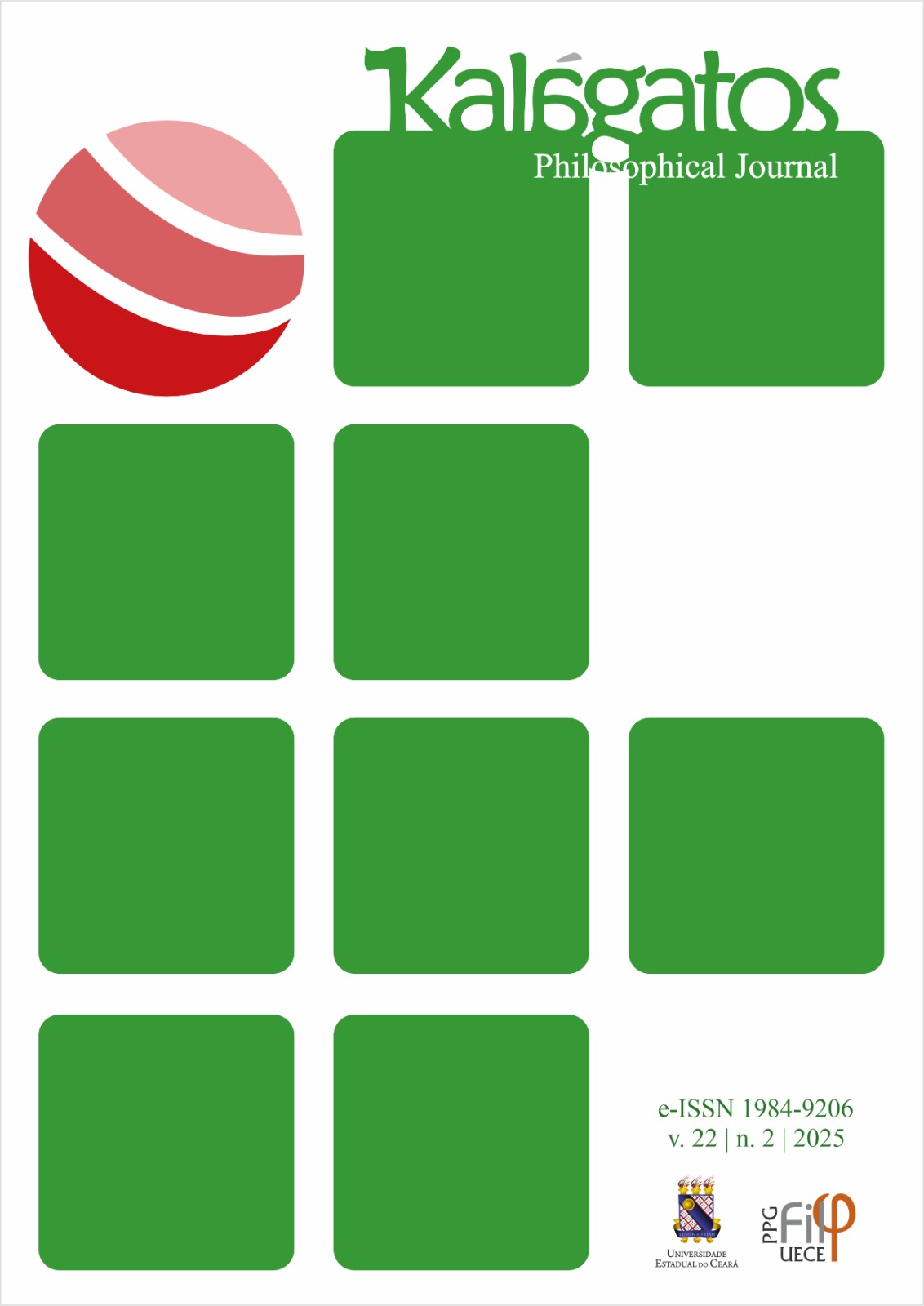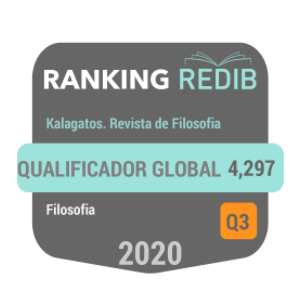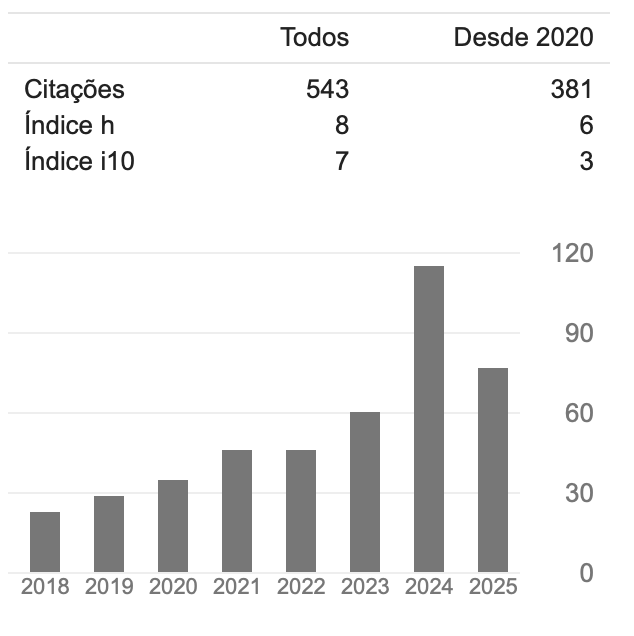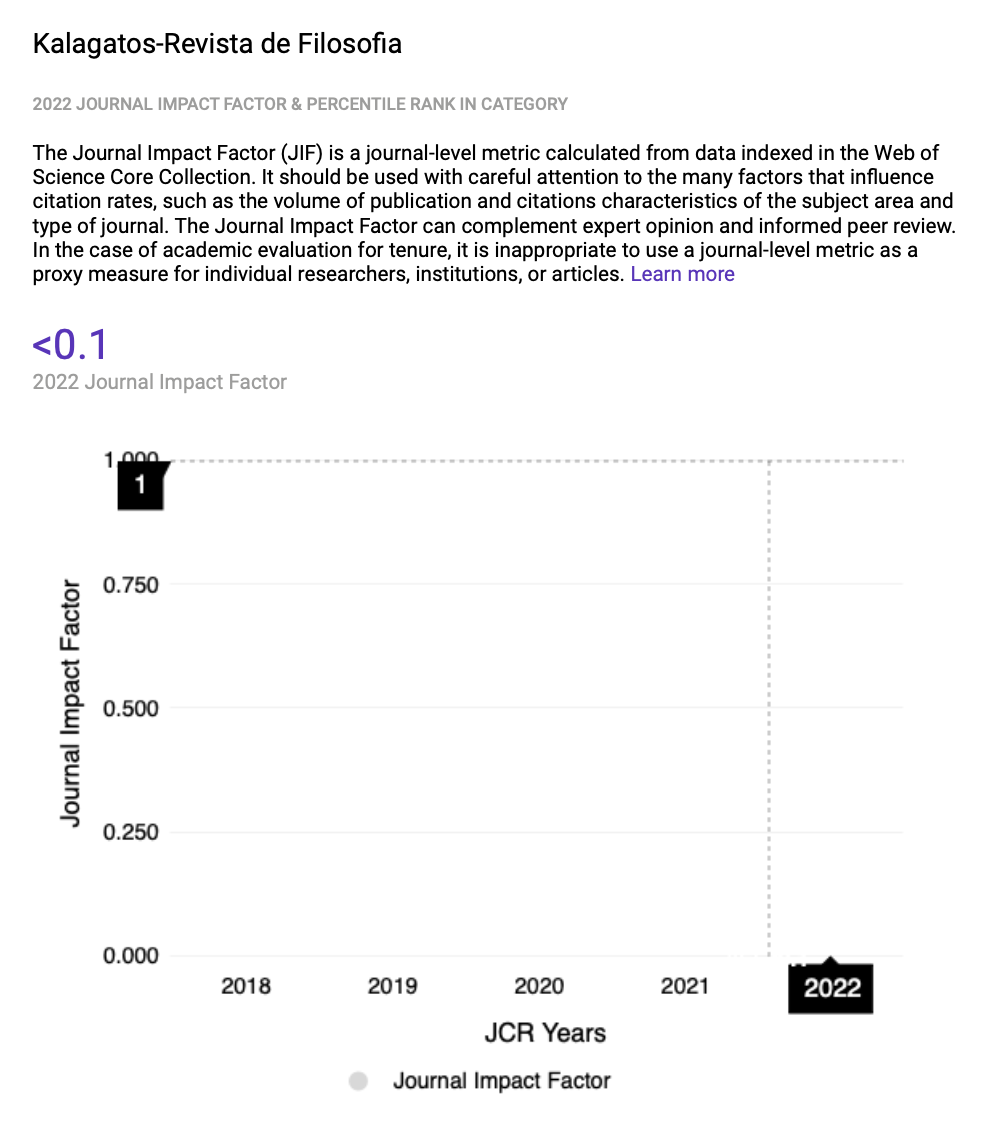The Advaita Philosophy of Sreenarayana Guru in Advaita Deepika: An Analysis of Historical Monuments in Karunagapally Taluk
DOI:
https://doi.org/10.52521/kg.v22i2.15481Palavras-chave:
Sree Narayana Guru, Advaita Philosophy, Sree SankaracharyaResumo
A Índia é globalmente reconhecida como o berço de quatro grandes religiões: Hinduísmo, Budismo, Jainismo e Sikhismo. No entanto, essas religiões são apenas uma parte do rico panorama filosófico da Índia, que inclui Vaishesika, Nyaya, Samkhya, Yoga, Purva Mimamsa e Vedanta. O Vedanta concentra-se na filosofia derivada dos Vedas, com Advaita, articulado por Adi Shankara, desempenhando um papel fundamental no renascimento de Bhakti. Ele estabeleceu quatro Mutts em cada canto de Bharat para o aprendizado védico. Sree Narayana Guru, proeminente seguidor espiritual de Shankara em Kerala, buscou equilibrar o materialismo e a espiritualidade da Filosofia Advaita. O Advaita Vedanta promove a não dualidade da Alma Universal e da Alma Individual. Narayana Guru buscou demonstrar como o Advaita poderia enfrentar os desafios da vida real e combinou isso com os ensinamentos védicos sobre amor e serviço. Seus escritos encorajaram a aceitação de verdades eternas e despertaram a confiança no conhecimento entre as castas inferiores. Para esse fim, ele erigiu diversas instituições, como escolas e centros religiosos, como seu guru Sankaracharya. Este artigo tem como objetivo examinar o Advaita Deepika do Guru Narayana para ilustrar como a filosofia Advaita moldou seus pensamentos e ações, examinando assim a intenção do Guru de fundar a Escola Secundária Superior Shanmugha Vilasam em Karunagapally e outras organizações semelhantes que visavam ao renascimento hindu.
Downloads
Referências
Prof G, Balakrishnan Nair . Complete works of Sreenarayana Guru Vol,2. 1st ed., Thiruvananthapuram , Kerala Bhasha Institute , 2003, p. 260.
Tattvabodha, translated by Swami Tejomayananda, Central Chinmaya Mission Trust, Mumbai, 2001.
Radhakrishnsn, S. Indian Philosophy Vol I and II. London , George Allen & Unwin Ltd, 1953.
Atmabodha, translated by Swami Nikhilananda, Sri Ramakrishna Math, Mylapore, Madras, 1947.
"Date of Sankaracharya ," Indian Antiquary, vol. 16, 1887
H. H, Swami Chinmayananaa. SANKARA the Missionary . 2nd ed., Mumbai , Central
Chinmaya Mission Trust , 1990.
Bradley , F. H. Appearence and Reality . London , Swan Sonnenschein and Co. Ltd, 1908
Murkoth, Kunhappa . Sree Narayana Guru. 6th ed., New Delhi , National Book Trust, India , 2009.
Bernad , Theos . Hindu Philosophy . Bombay , Jacio Publishing , 1958.
Apte, V M . Brahmasutra Sankarabhashya trans in English . Bombay , Popular Book Depot , 1960.
John Grimes. The Vivekacudamani of Sankaracarya Bhagavatpada: An Introduction and Translation; 2004.
Dr. Karunakaran , B. The Philosophies of Sri Sankara and Sri Narayana . Quilon , Manjari publications , 1988
Swami , Gambhirabanda . Eight Upanishads 2 Vols . Calcutta , Advaita Ashrama , 1977
M, Hiriyanna. Outlines of Indian Philosophy . London , George Allen, 1964.
Dr Omana , S. The Philosophy of Sri Narayana Guru . Varkala , Narayana Gurukkal , 1984.
Downloads
Publicado
Como Citar
Edição
Seção
Licença
Copyright (c) 2025 Immanual Andrews, D Charlson

Este trabalho está licenciado sob uma licença Creative Commons Attribution 4.0 International License.



















